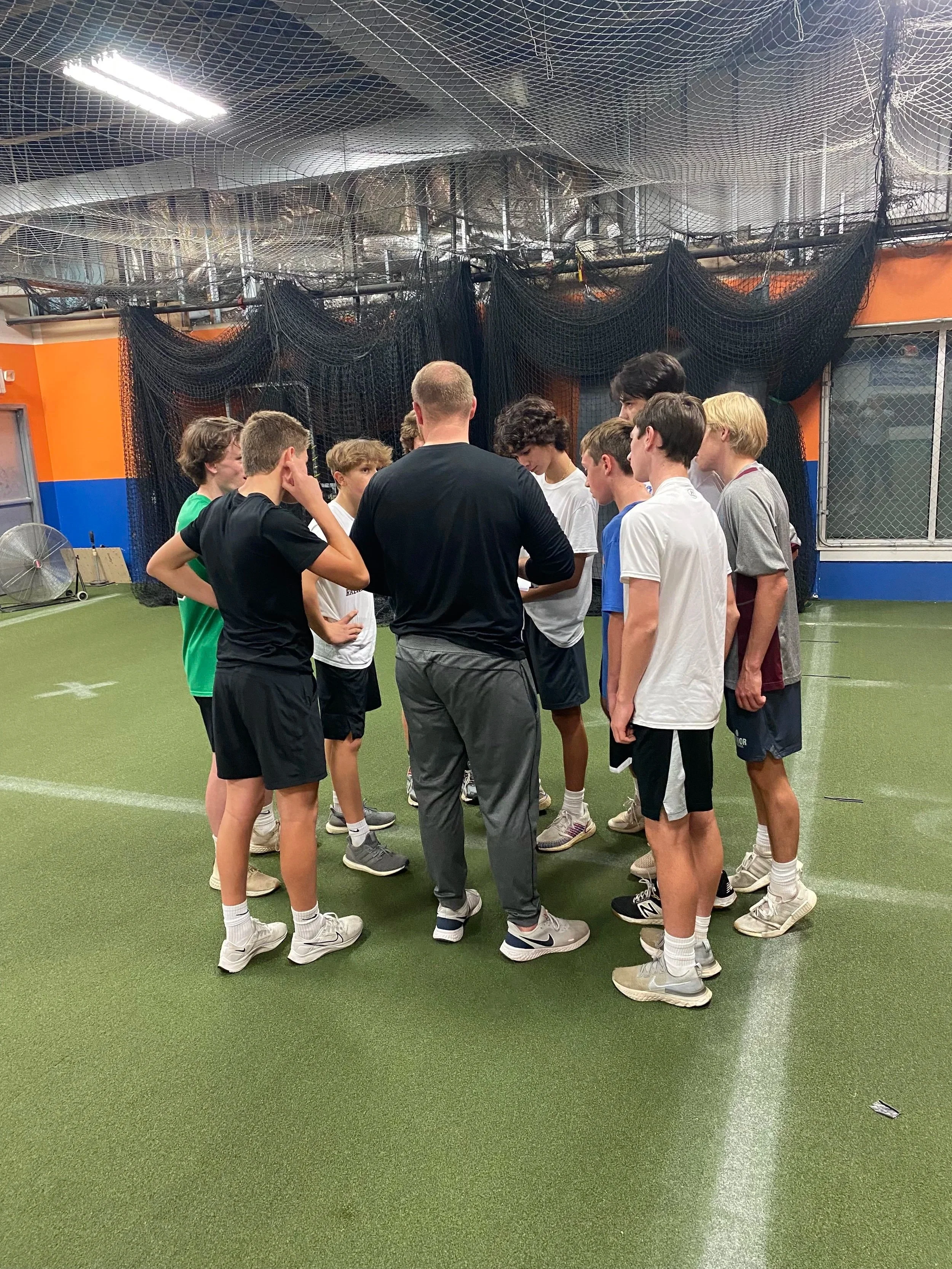Building Stronger Youth Athletes: The Role of In-Season Strength Training in Sports Development
Many athletes use in-season time to focus on team play and sport skills development. With the grueling nature of pre-season in the past, athletes lose their focus on what makes them great— physical fitness. Failing to understand the importance of maintaining the physical work put in during pre-season leaves teams beat out by the players who stay strong and fit all season long. Fitness tests and conditioning might challenge your athletes to prepare for practices and games, but it doesn’t keep them game ready. Meaning they aren’t improving, maintaining, or even training their physicality outside practice. Let’s discover why all youth need to stay in the gym all season long with science-backed evidence:
““If you think lifting weights is dangerous, try being weak. Being weak is dangerous.”
The number one benefit is injury prevention. Structured resistance training (RT) can reduce sports-related injuries in youth, especially in early specializers, less active children, and girls in sports like basketball and soccer. (Faigenbaum et al., 2009; Zwolski et al., 2017)
When properly designed and supervised, youth who integrate strength training have a low injury rate—comparable to or lower than many organized sports athletes who only focus on sports skills. (Lloyd et al., 2014)
The number two benefit is performance & physical development gains. Even at early ages, progressive resistance training leads to strength gains beyond those caused by normal growth and maturation (Faigenbaum et al., 2009)
These strength and speed gains “carry over” into better power, speed, agility, coordination, for sport skills when the training is well aligned with sport demands. (Improved speed, power, coordination and agility (Behm et al., 2017;Lesinski et al., 2016).
The number three benefit is big for parents, resistance training makes healthier kids. Bone health, body composition, and long-term health markers (e.g. cardiovascular profile) also benefit from safe RT in youth. (Behringer et al., 2010).
And number four, youth who find a safe and enjoyable space to add to their training routine are bound to see psychosocial benefits and form health habits. It is proven that in kids 6-18, resistance training can boost confidence, self-esteem, and enjoyment of exercise. (Faigenbaum et al., 2013). As well, kids who get involved in strength and resistance training outside sport are building a positive relationship with exercise, setting the stage for lifelong healthy habits (Zwolski et al., 2017).
So how are gyms like Overachieve Sports & Speed keeping kids above the competition while strength and speed training in-season?
They follow these research based recommendations:
Practical, Certified Training Methods
Head Trainer Jack Murphy with High School Athletes In-Season Training
Qualified and certified strength and conditioning specialist (CSCS) Jack Murphy has 7 years of youth training experience. He understands youth physiology and makes practical recommendations and specific programing for athletes based on age, ability, and goals.
Gradual Progressions
Programs increase load, volume, or complexity slowly. They don’t overload or rush development. Structured progressive overload for athletic performance and hypertrophy is key. In-season loads are different than pre or off season progressions.
Program Variety & Specificity
Over Achieve uses a mix of strength (multi-joint), plyometrics, balance, and coordination drills. As athletes mature, then we can make training more sport-specific with private training sessions.
Recovery & Load Management
Head trainer Jack Murphy knows what it takes to be an athlete. He is sure to help schedule rest days, monitor fatigue, and watch for overtraining.
Positive Environment & Education
The way Over Achieve stands out is our culture and community. We encourage effort over comparison, teach about nutrition, sleep, hydration, and respect for training.
Technique First, then Load
Trainers at Over Achieve emphasize movement quality and control before progressing weight. Using body-weight and light resistance initially, then loading athletes with weights and resistance. A research backed method to transform youth. (Lloyd et al., 2014)

